Ryan Asleson, Nathaniel T. Schutta9781590595824, 1590595823
Table of contents :
Contents at a Glance……Page 5
Table of Content……Page 7
A Short History of Web Applications……Page 23
Browser History……Page 24
CGI……Page 25
Applets……Page 26
JavaScript……Page 27
Servlets and ASPs and PHP . . .Oh My!……Page 28
Flash……Page 31
The XML Derivatives……Page 32
The Fundamental Problem……Page 34
Ajax……Page 35
The Usability Question……Page 38
The Skill Set……Page 39
Usage……Page 41
Summary……Page 42
Overview of the XMLHttpRequest Object……Page 45
Methods and Properties……Page 46
An Example Interaction……Page 48
GET vs. POST……Page 50
A Remote Scripting Example……Page 51
How to Send a Simple Request……Page 53
A Simple Request Example……Page 54
A Word About Security……Page 56
DOM Level 3 Load and Save……Page 57
The DOM……Page 58
Summary……Page 59
Using the innerHTML Property to Create Dynamic Content……Page 61
Parsing the Response As XML……Page 64
Dynamically Editing Page Content with the W3C DOM……Page 70
Sending Request Parameters……Page 77
Sending Request Parameters As XML……Page 84
Sending Data to the Server Using JSON……Page 89
Summary……Page 95
Performing Validation……Page 97
Reading Response Headers……Page 101
Dynamically Loading List Boxes……Page 105
Creating an Autorefreshing Page……Page 112
Displaying a Progress Bar……Page 117
Creating Tooltips……Page 123
Dynamically Updating a Web Page……Page 128
Accessing Web Services……Page 137
Providing Autocomplete……Page 144
Summary……Page 150
Documenting JavaScript Code with JSDoc……Page 153
Usage……Page 154
Validating HTML Content with Firefox Extensions……Page 157
HTML Validator……Page 158
Checky……Page 160
Searching for Nodes Using DOM Inspector……Page 162
Performing JavaScript Syntax Checking with JSLint……Page 165
Performing JavaScript Compression and Obfuscation……Page 167
Using the Web Developer Extension for Firefox……Page 169
Object-Oriented JavaScript via the prototype Property……Page 170
Private Properties and Information Hiding with JavaScript……Page 175
Classical Inheritance in JavaScript……Page 176
Putting It All Together……Page 177
Summary……Page 180
Introducing the Test-First Approach……Page 183
Introducing JUnit……Page 185
Writing Tests……Page 186
Running Tests……Page 201
Using Standard and Custom Query Strings……Page 206
Working with JsUnit Server……Page 211
Getting Help……Page 213
Summary……Page 214
Debugging Ajax Requests with Greasemonkey……Page 215
Inspecting Ajax Requests and Responses with theXMLHttpRequest Debugging User Script……Page 216
Debugging JavaScript……Page 218
Using Firefox JavaScript Console……Page 219
Using Microsoft Script Debugger……Page 220
Using Venkman……Page 223
Summary……Page 239
Implementing the Fade Anything Technique (FAT)……Page 241
Implementing a Partial Page Paint……Page 242
Implementing a Draggable DOM……Page 243
Avoiding Common Gotchas……Page 244
Learning Where to Go for More……Page 246
Introducing Taconite……Page 248
The Solution……Page 249
What Does Taconite Do with the Content?……Page 250
Introducing Dashboard Applications……Page 251
Introducing the General Features……Page 252
Introducing the Design Features……Page 254
Analyzing the Code……Page 255
Analyzing the Weather Forecast Component……Page 257
Analyzing the Headline News Component……Page 264
How Does the Automatic Refreshing Work?……Page 267
Building a Better Autocomplete……Page 269
Summary……Page 271
Appending Rows to a Table……Page 273
Setting an Element’s Style via JavaScript……Page 274
Creating Input Elements……Page 275
Adding Event Handlers to Input Elements……Page 276
Creating Radio Buttons……Page 277
Summary……Page 278
Dojo……Page 279
TIBET……Page 280
RSLite……Page 281
XHConn……Page 282
Direct Web Remoting……Page 283
Microsoft’s Project Atlas……Page 284
Ruby on Rails……Page 285
Index……Page 287
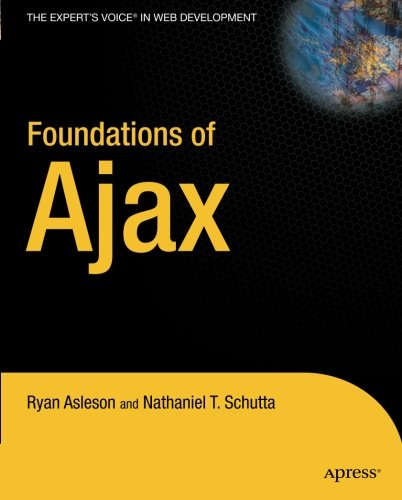

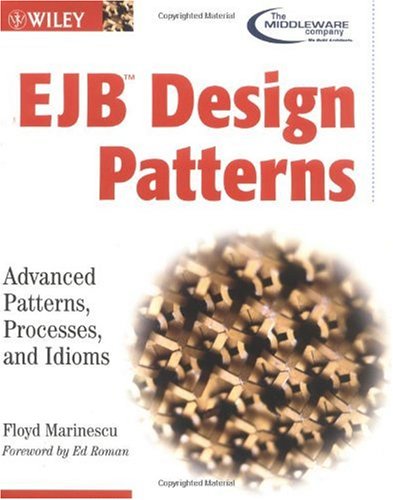
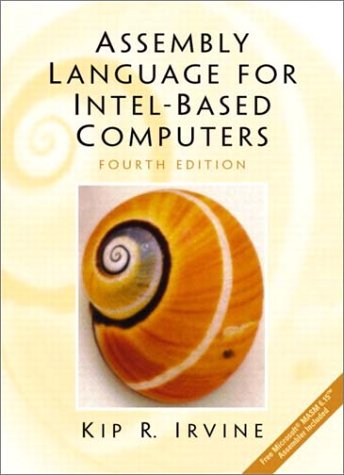
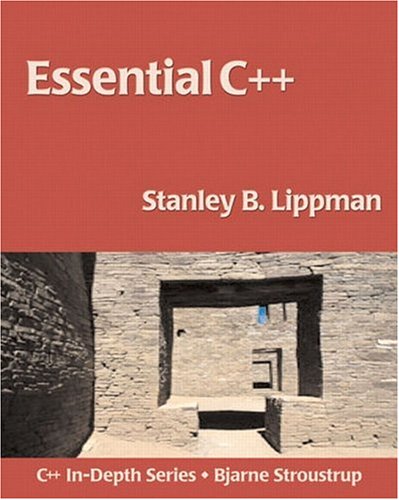
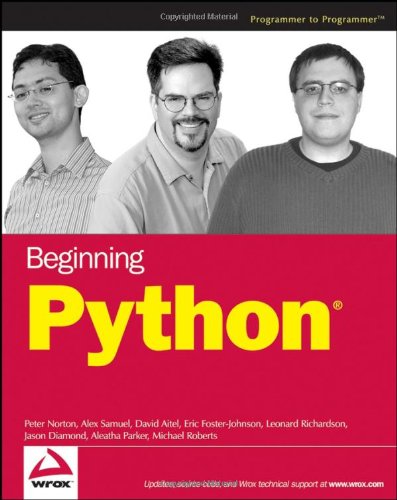

Reviews
There are no reviews yet.